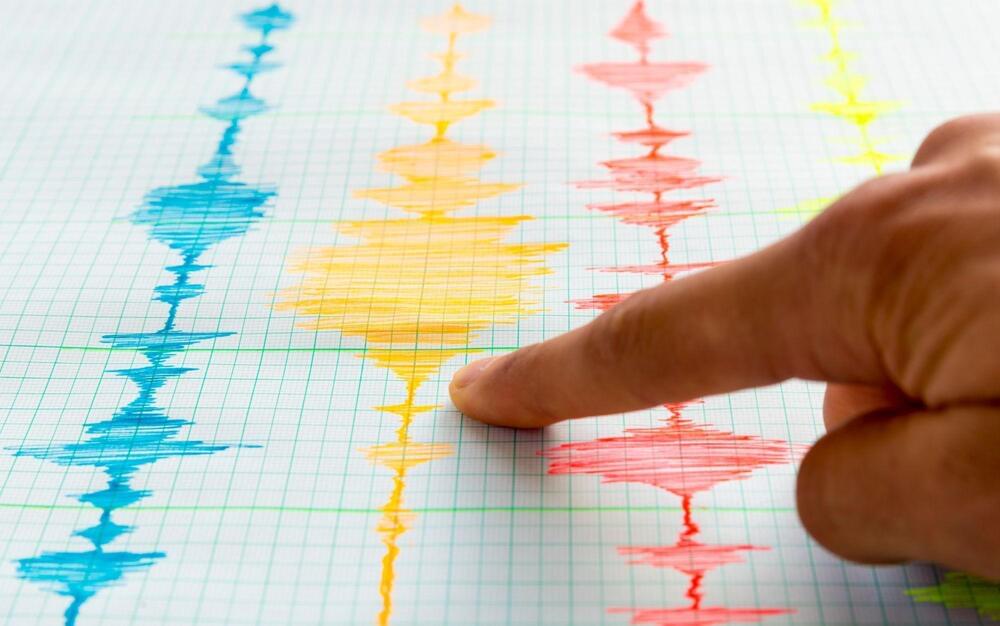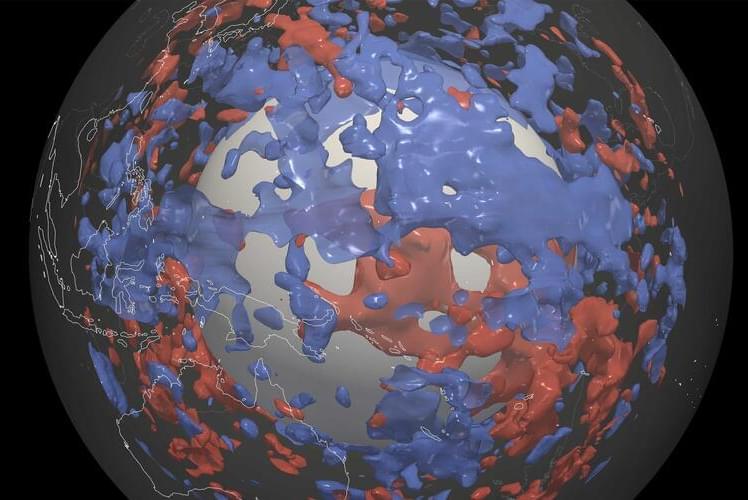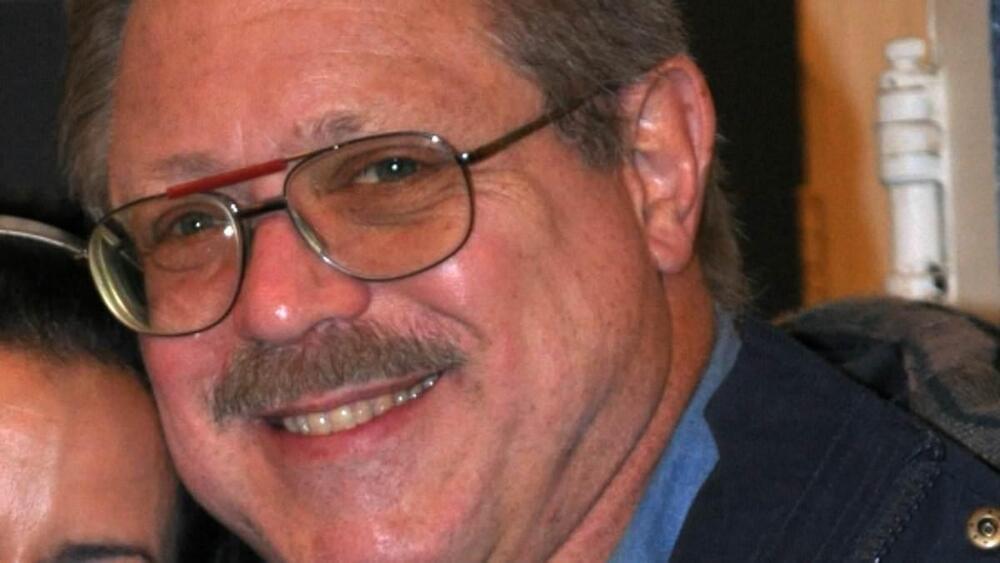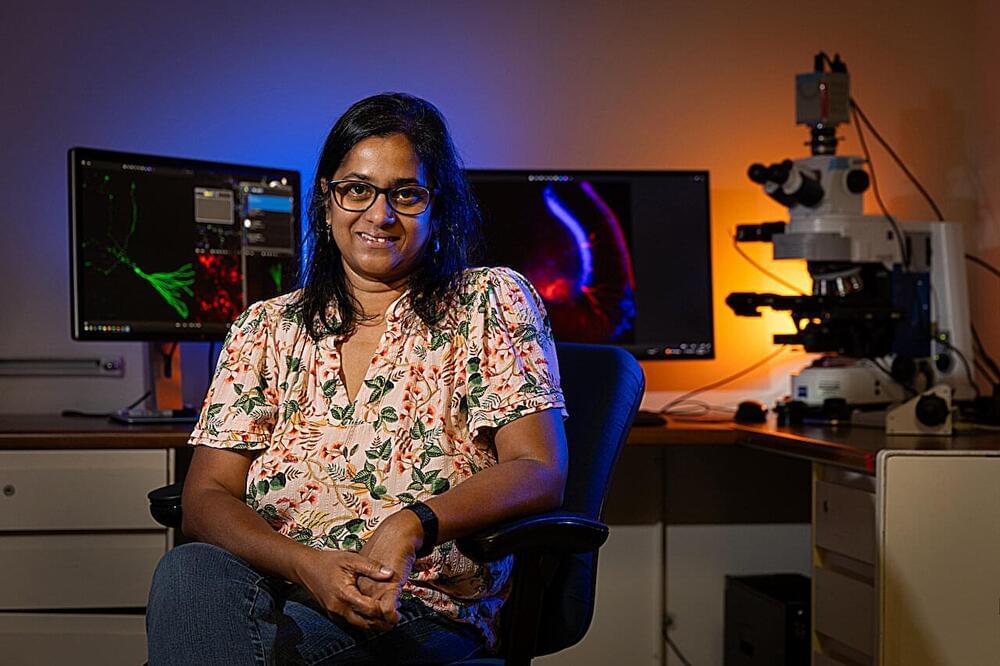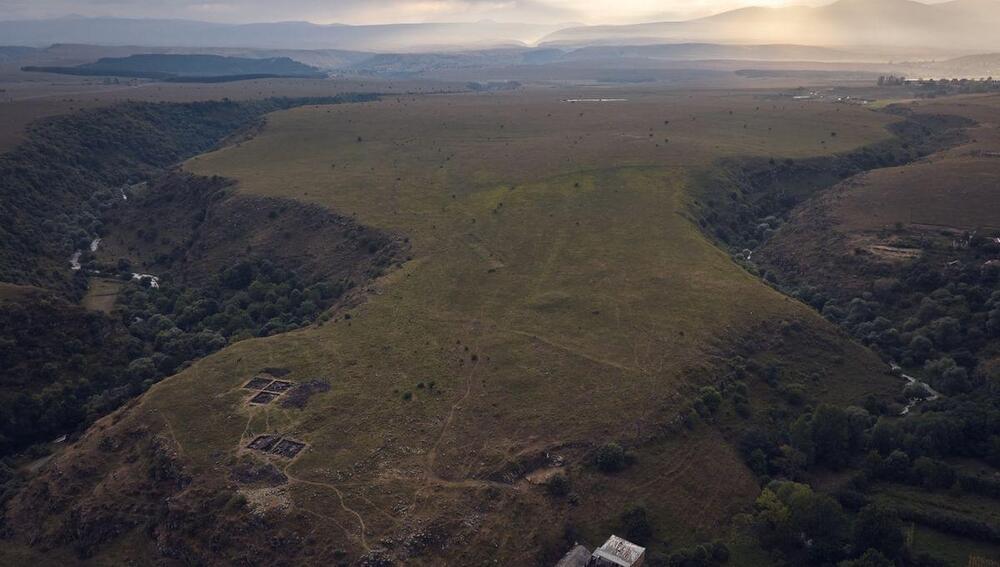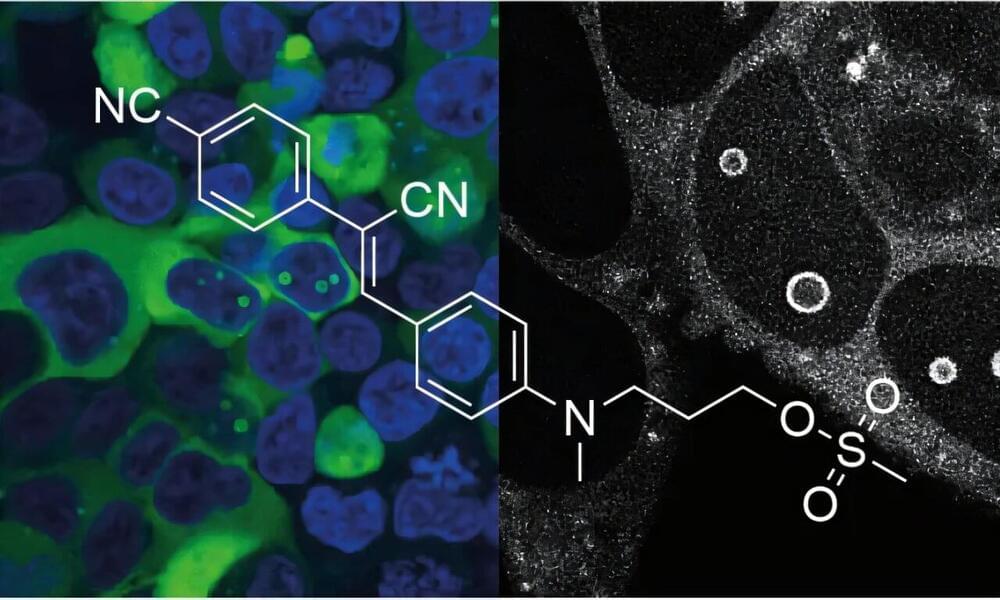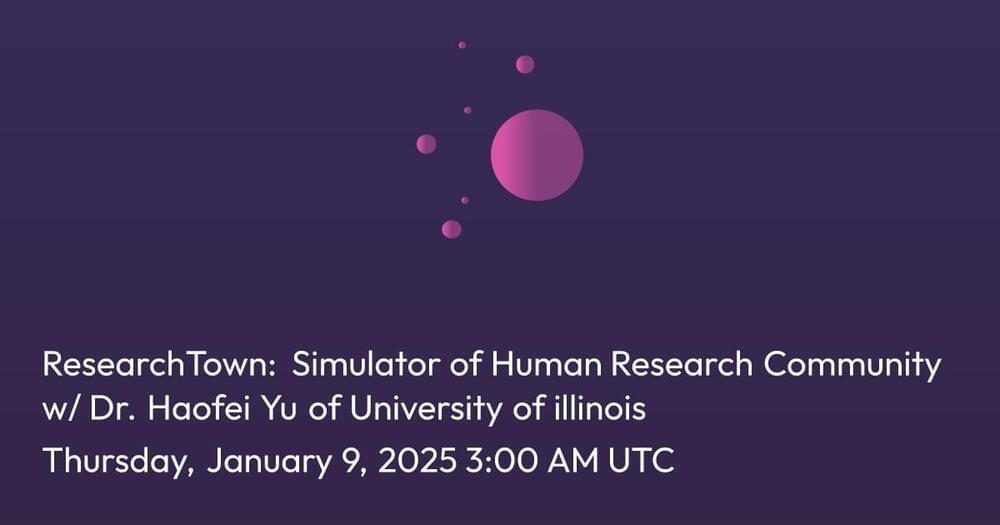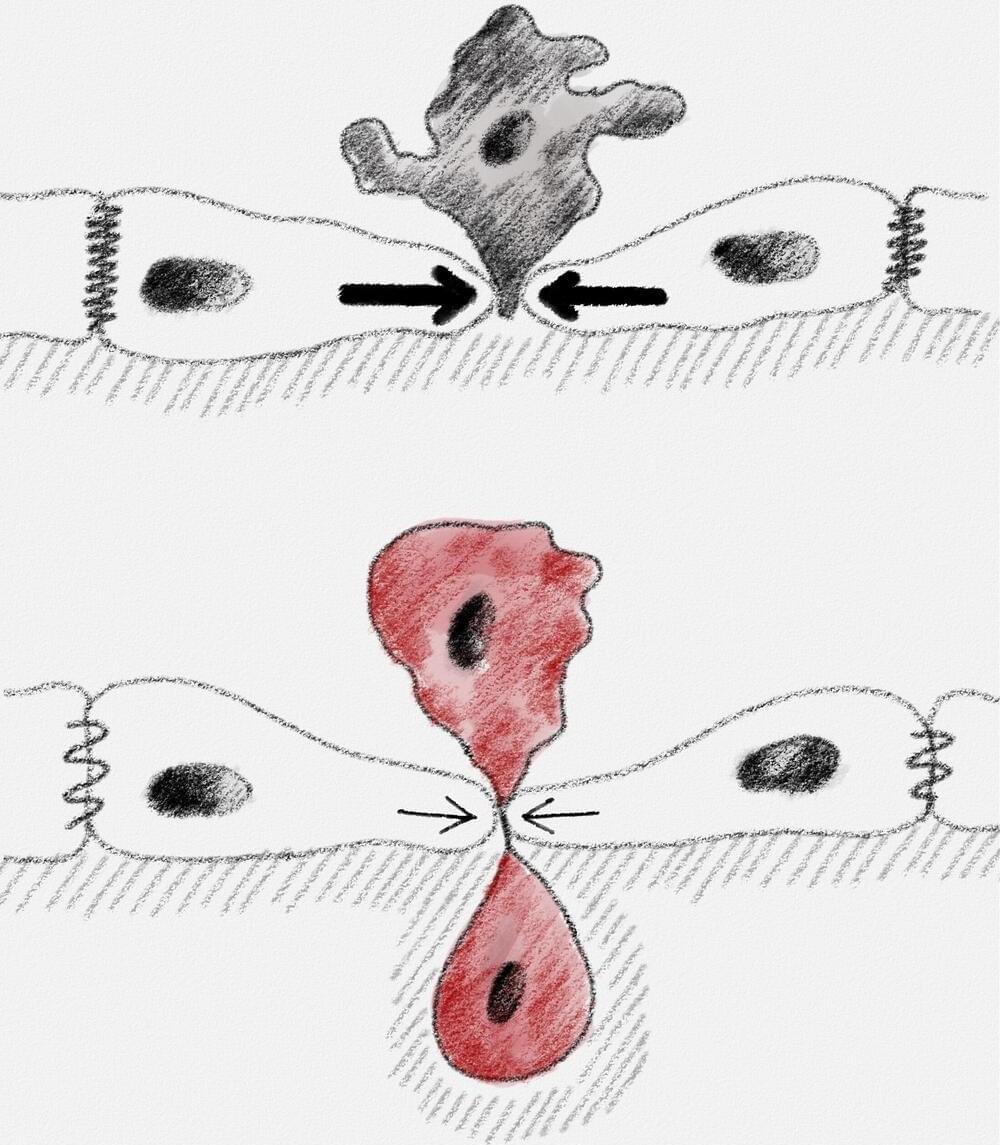
Epithelial tissues are in constant interaction with their environment. Maintaining their functionality requires dynamic balance (homeostasis) and that their cell numbers are tightly regulated. This is achieved by cell extrusion programs, a checkpoint mechanism eliminating unwanted or harmful cells.
Researchers at the Max-Planck-Zentrum für Physik und Medizin (MPZPM), Institut Jacques Monod (CNRS, UP Cité, France) and Niels Bohr Institute (Denmark) have now demonstrated how physical signals can have an impact on the fate of extruding cells governing their death or survival. The results recently published in Nature Physics may establish novel paths for understanding tissue properties in both normal and pathological conditions.
Epithelia are dynamic and must constantly deal with cell renewal. Therefore, the removal of cells from a tissue, called apoptotic extrusion, occurs regularly. Its balance is key for epithelia homeostasis. In addition to this role in tissue homeostasis, cell extrusion is a major cause of tissue shape changes and tumor progression.
